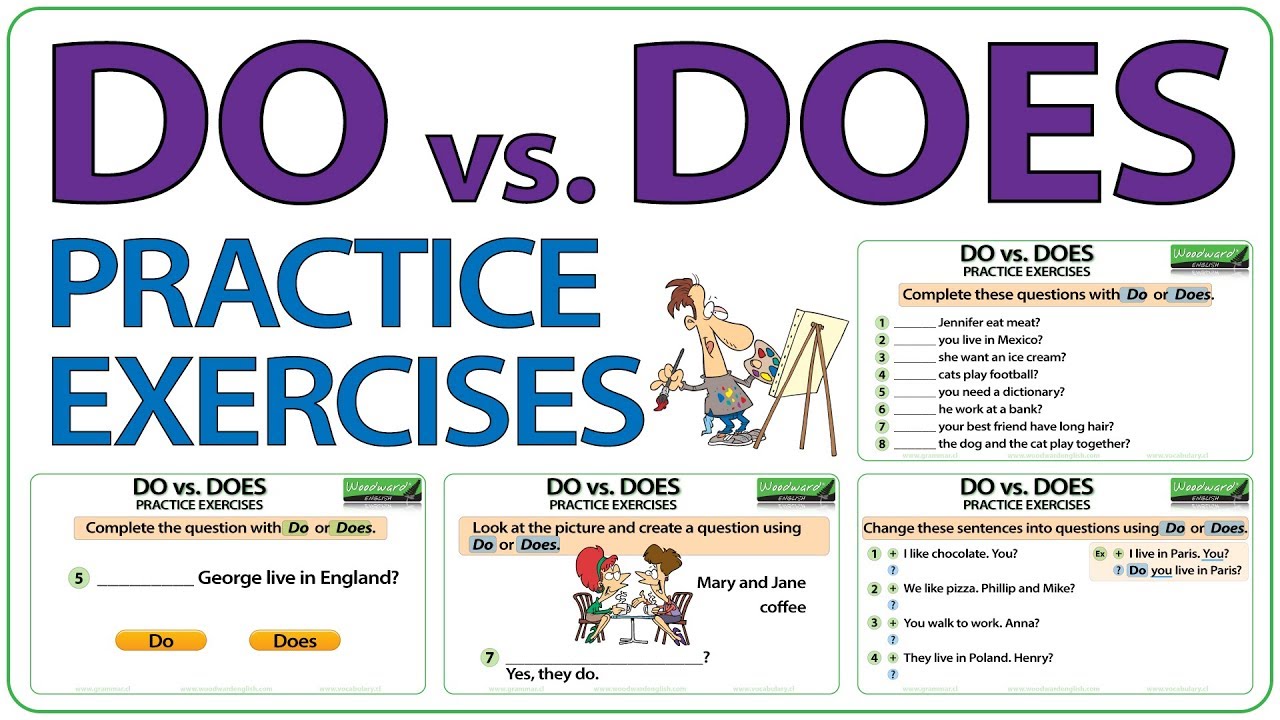Understanding Cap Rates: How to Determine a Good Cap Rate for Real Estate Investments
What is a Cap Rate and Why Does it Matter?
A capitalization rate, commonly known as cap rate , is a fundamental metric used by real estate investors to estimate the potential return on a property. It expresses the relationship between a property’s net operating income (NOI) and its current market value. The cap rate serves as a benchmark for comparing various properties and helps investors gauge the relative risk and return of different investment opportunities. Understanding cap rates allows for a more informed, data-driven approach to real estate decision-making. [3]
How to Calculate Cap Rate
The formula for calculating cap rate is straightforward:
Cap Rate = Net Operating Income (NOI) / Current Market Value

Source: progressive-charlestown.com
For example, if a property generates $25,000 in net operating income annually and is valued at $300,000, the cap rate would be:
Cap Rate = $25,000 / $300,000 = 0.0833 or 8.33%
This simple calculation can be adjusted for different property types and market scenarios. Investors often use online calculators, or consult with real estate professionals to quickly assess cap rates on properties of interest. [2]
What is Considered a Good Cap Rate?
There is no universally perfect cap rate. Instead, what is considered “good” depends on several factors, including property type, location, market conditions, and the investor’s risk tolerance. Generally, industry experts agree that a good cap rate typically falls between 4% and 10% . [1]
Here are typical cap rate ranges by property type:
| Property Type | Typical Cap Rate Range |
|---|---|
| Multifamily | 4% – 7% |
| Retail | 5% – 8% |
| Office | 6% – 9% |
| Industrial | 5% – 8% |
| Single-Family Rental | 4% – 6% |
Properties in high-demand urban markets often have lower cap rates, reflecting lower risk and higher price stability. By contrast, properties in emerging or less desirable markets may have higher cap rates, which compensate for greater perceived risk. [1]
Factors That Influence Cap Rates
Several factors affect what is considered a good cap rate for a specific property:
- Location: Prime locations with strong economic growth and high demand tend to have lower cap rates due to lower risk. Less established or rural areas may offer higher cap rates but come with additional uncertainties. [1]
- Property Type and Condition: Turnkey, well-maintained properties usually command lower cap rates. Properties needing renovation or with uncertain income streams typically require higher cap rates to attract buyers. [1]
- Tenant Stability: Properties with long-term, creditworthy tenants are less risky and justify lower cap rates. Short-term leases or high tenant turnover increase risk and drive cap rates higher. [1]
- Market Trends: Changes in interest rates, local economic indicators, and job markets can all influence cap rates. Investors should regularly monitor these trends to make informed decisions. [4]
- Risk Tolerance: Investors seeking higher returns and willing to accept more risk may target properties with higher cap rates. Conservative investors may prefer lower cap rates and more stable investments. [1]
Step-by-Step Guide: Evaluating Cap Rates in Practice
When considering a real estate investment, follow these steps to assess the cap rate and make an informed decision:
- Research Comparable Properties: Identify recently sold or listed properties similar in size, age, and use in your target location. This gives you a benchmark for expected cap rates.
- Calculate Net Operating Income: Estimate the property’s annual income minus all operating expenses (excluding mortgage payments). This is your NOI.
- Determine Current Market Value: Use recent sales data, professional appraisals, or consult with local real estate brokers to establish an accurate market value.
- Perform the Cap Rate Calculation: Divide the NOI by the market value to find the cap rate. Compare this rate with benchmarks from similar properties to assess its competitiveness.
- Analyze Risk and Return: Evaluate whether the cap rate aligns with your investment objectives and risk tolerance. Higher cap rates offer higher potential returns but increased uncertainty. Lower cap rates may be safer, but yield less income. [2]
Real-World Example: Cap Rate in Action
Suppose you are considering buying a multifamily building in a mid-size city. The property’s net operating income is $30,000, and it is listed at $500,000. The cap rate is:
Cap Rate = $30,000 / $500,000 = 0.06 or 6%
Next, you research similar properties and discover that the average cap rate for comparable multifamily buildings in the area is 5.5%-7%. This tells you the target property is in line with current market expectations. If the property is in excellent condition and has stable tenants, a 6% cap rate could be considered favorable, especially if local rental demand is strong. If the property requires significant repairs or has high vacancy, a higher cap rate may be warranted to offset added risk. [3]
Potential Challenges and Solutions
While cap rates are a valuable tool, they are not without limitations. Cap rates are a snapshot in time and can be influenced by short-term market fluctuations. They do not account for factors like property appreciation, value-add opportunities, or tax implications. Additionally, cap rates can vary widely within a single city or submarket, making direct comparisons challenging.
To address these challenges:
- Always supplement cap rate analysis with a comprehensive review of local market conditions, property history, and future development plans.
- Consider using additional metrics, such as cash-on-cash return, internal rate of return (IRR), and gross rent multiplier, for a more holistic evaluation of investment opportunities.
- Consult with real estate professionals and use reputable market data sources to validate your assumptions and calculations.
Alternative Approaches to Cap Rate Analysis
While the cap rate is a widely used metric, investors may also use:
- Discounted Cash Flow Analysis: This method projects future cash flows and discounts them to present value, offering a more nuanced view of long-term returns.
- Comparable Sales Method: Comparing recent sales of similar properties can reveal pricing trends and cap rate expectations in the local market.
- Market Surveys: Industry reports and surveys from established real estate firms provide aggregated data on cap rates across regions and property types.
How to Access Cap Rate Data and Tools
To find up-to-date cap rate benchmarks and property valuation tools:
- Consult with licensed real estate brokers who specialize in your target market. They often have access to the latest transaction data and industry reports.
- Use online resources from established real estate analytics firms, such as CBRE, JLL, or Marcus & Millichap. Search for “2025 cap rate report” or “multifamily cap rate trends” for your region.
- For investment analysis, consider using free property ROI calculators offered by reputable companies. Baselane, for example, provides an online rental property ROI calculator that can help estimate cash flow, cash-on-cash return, and cap rate. Visit the Baselane website and look for their calculator in the resources section. [2]
- Check the websites of national real estate investment associations or local Realtor boards for market trend reports and educational materials.
Key Takeaways
Determining a good cap rate is a nuanced process involving market research, property evaluation, and risk assessment. Typical cap rates fall between 4% and 10%, but the ideal range for a specific property depends on its type, location, and the investor’s goals. Use cap rate analysis as one component of a broader investment strategy, and always supplement it with additional research and professional guidance.
References
- [1] Nomadic Real Estate (2025). What Is a Good Cap Rate? A Guide for Real Estate Investors.
- [2] Baselane (2024). Cap Rates Explained: Guide for Real Estate Investors.
- [3] Matthews Real Estate Investment Services (2023). What Is a Good Cap Rate for an Investment Property?
- [4] Origin Investments (2024). What to Know About Cap Rates in Real Estate Investing.



